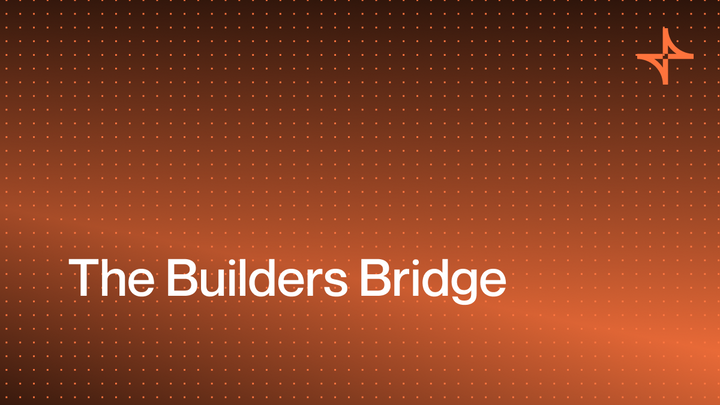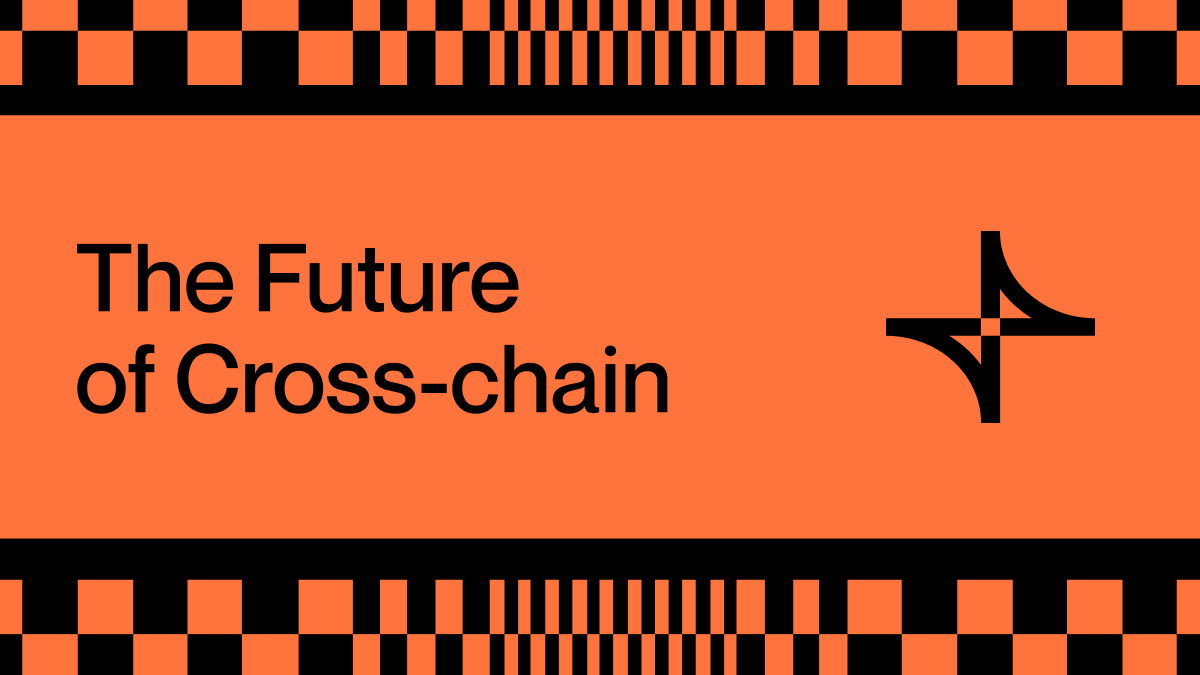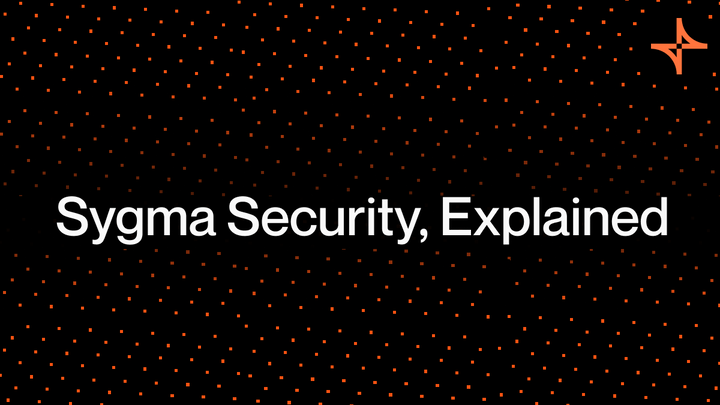Cross-chain Bridges, Composability, and a New Era in Blockchain Interoperability

Interoperability opens the flow of data between blockchains, and in doing so, it can fuel the growth of new and existing applications. This process is often compared to globalization. However, when you survey the blockchain space today, it’s clear we’re not there yet. Instead, we’re in a pre-globalized world where there are hubs of poorly connected activity, trade is slow, and moving around can be risky.
While Ethereum is still home to most activity, many other networks have grown, creating separate pockets of users and liquidity. Indeed, there are 150+ blockchains supporting smart contracts, and as a result, many developers have deployed dApps across the most popular ones.
A few examples:
SushiSwap might be the most extreme case, existing on seventeen different networks with each deployment running in a walled garden.
This is what “multi-chain” looks like
In theory, this is a step in the right direction, as applications are available on more networks. However, things get complicated if a user wants to operate across different chains.
Currently, the cross-chain user experience features numerous steps and imposes unnecessary costs and risks on the user. For builders, this approach has significant drawbacks as well.
For instance, supporting a multi-chain rollout requires developers to choose where to build and learn the nuances of different ecosystems. Not to mention maintaining entire copies of an application can create headaches.
As with hundreds of new networks, rollups, and app-chains going live, the fragmentation will only worsen.
Cross-chain solutions: token bridges
In a purely multi-chain world, every blockchain is an island unto itself. Of course, this isn’t the reality we live in. Today, there are more than 30 bridges that allow users to transfer assets and, in some cases, let developers plug cross-chain communication into their applications. However, the majority of these bridges focus on simple asset transfers.
In most cases, this means “lock and mint,” i.e., sending a transaction to an address on an originating chain, having that transaction verified, and then getting an equal amount minted on the destination chain. This style of bridge has limitations and, as history has shown us, is an attractive and vulnerable target for hackers.
So, multiple deployments and rudimentary token bridges are the two approaches we’ve followed thus far to achieve interoperability.
Both are imperfect — arguably, we’ve created as many problems as we’ve solved — and the result we’re left with is:
- Poor user experience — slow, expensive, and risky processes
- Siloed instances of the same protocol — a lack of true connectivity
- Synthetic assets secured only by a bridge — ecosystem contamination risk
- Governance issues — holders outside of a primary chain often cannot vote
A new era of Interoperability
There’s an emerging class of interoperability solutions like Connext, LayerZero, Axelar, Sygma, Debridge, and others that use generalized message passing (GMP). These projects aren’t just more bridge tech for token transfers. They’re general-purpose communication protocols for the next generation of applications.
More practically, GMP allows developers to connect the smart contracts on different chains to move not only tokens but also data and payloads.
This enables the magic of composability, i.e., the ability to tap into limitless combinations, stacking activities on top of one another like legos.
One of the pioneering examples of this is Yearn on top of Curve and MakerDAO.
Since this early example, composability has evolved and become more complicated. This is mainly true in the DeFi sector, where you see derivative protocols, DEXs, algorithmic stablecoins, money markets, options, and insurance protocols all built on top of each other, creating an increasingly complex composability-enabled ecosystem.
The future of cross-chain communication: generalized message passing
The solutions mentioned above (alongside Polkadot, Cosmos, and Chainlink) are all contributing to a more connected blockchain space. But each has different architecture, levels of decentralization, and security models worth considering.
In the case of Sygma, you have an off-chain relayer network that operates under federated consensus and allows for the cross-chain transfer of assets, including ERC20, 721, 1155 — and, of course, GMP. Sygma employs a multi-party computation (MPC) model, including a number of trusted relayer nodes run by reputable entities.
Sygma also features a JavaScript SDK designed to help developers quickly and easily build cross-chain applications. This toolkit allows developers to perform contract calls or messages to/from any chain supported by the network.
An overview:

Integrating a solution like Sygma gives teams what they need to build a new breed of applications and financial primitives. And for users, it eliminates the pain of doing manual transfers across different chains or rollups.
A few potential use cases:
- DEXs — cross-chain swaps
- Algorithmic stablecoins — cross-chain liquidity management
- Money Markets — cross-chain debt positions
- NFT marketplaces — market NFTs seamlessly on multiple chains
- Cross-chain governance
Wrapping up
Interoperability solutions are critical to the advancement of web3. They will help blockchains scale, address UX pain points, and enable a new class of applications that fuel wider adoption.
Make no mistake, allowing developers to leverage secure cross-chain communications will change the face of web3 development. We’re just getting started.
About Sygma
Sygma is a community-driven interoperability project. Sygma makes it possible to deploy cross-chain with minimal effort and realize new use cases via its versatile, modular protocol. With Sygma, developers can leverage a secure cross-chain communication layer to extend their applications across EVM, Substrate, and beyond.
Sygma Builders Program🛠️
We’ve launched a builder program to provide technical support and monetary incentives for builders. Full details can be found 👉here.
Community👥
Sygma connects you with the chains you want, making it possible to compose applications that work across EVM, Substrate, and Cosmos.
The strength of our project lies in our builder community. We're always looking for contributors, and Sygma’s modular architecture is designed to foster contributions and extensions.
Check out our documentation or GitHub to get started.
Have a question? Hop into our Discord 👋



